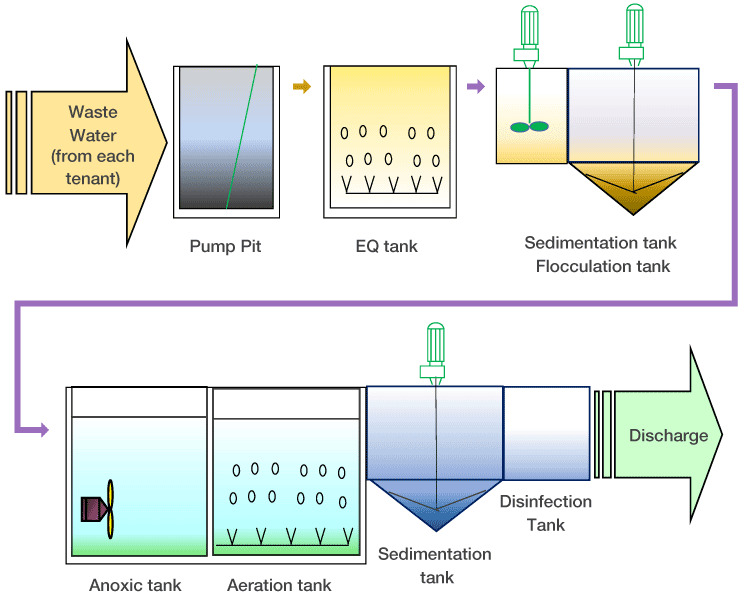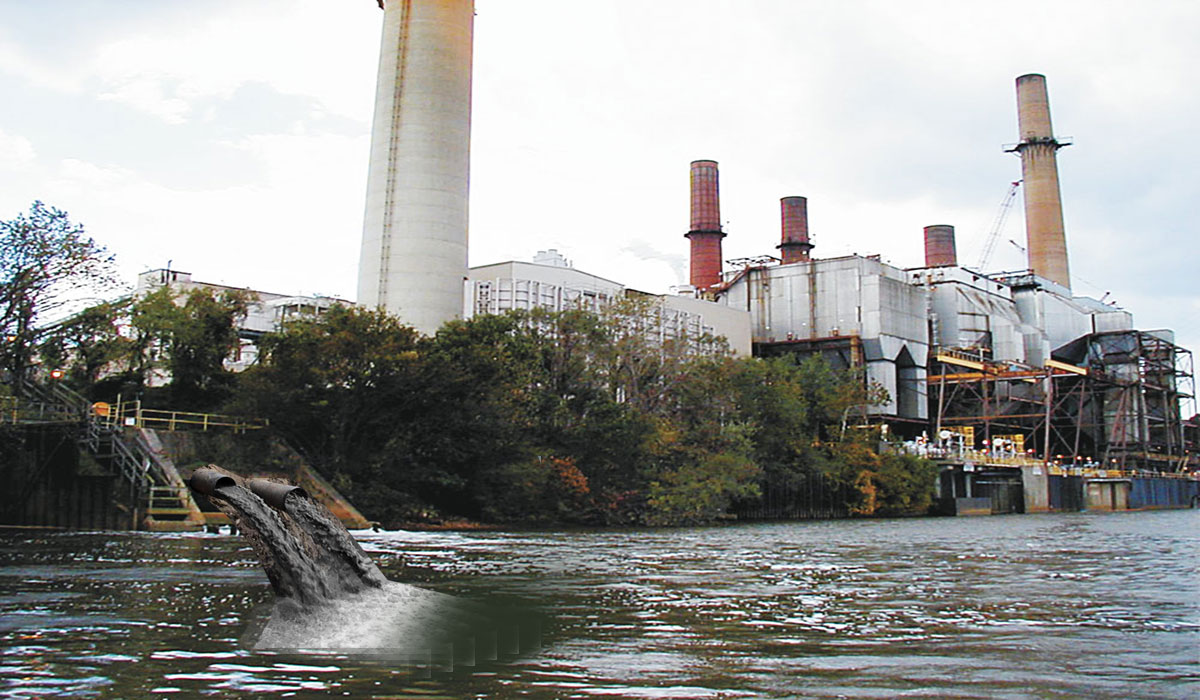Secret Methods in Hazardous Waste Water Treatment Procedures
The treatment of industrial wastewater is a critical aspect of environmental administration, entailing a range of methods developed to mitigate the influence of contaminants. Developments in technologies such as membrane layer filtering and progressed oxidation procedures offer cutting-edge solutions for boosting treatment effectiveness.
Physical Treatment Techniques
Exactly how properly can physical treatment approaches deal with the complexities of commercial wastewater? Physical therapy methods play a pivotal function in the initial stages of wastewater monitoring, concentrating largely on the elimination of solids and big particulates. Techniques such as sedimentation, purification, and flotation protection are important for minimizing the focus of suspended solids, thereby improving the effectiveness of subsequent therapy procedures.
Sedimentation includes the gravitational settling of solids, allowing for the splitting up of heavier products from the wastewater. This method is especially reliable in clearing up water prior to organic or chemical treatments.
In addition, flotation protection methods, which utilize air bubbles to lift suspended solids to the surface area for elimination, work in dealing with wastewater with high concentrations of fats, oils, and greases. On the whole, physical treatment methods serve as an important initial step in the comprehensive monitoring of commercial wastewater, ensuring that the tons on succeeding therapy stages is decreased and improving overall therapy efficacy.
Chemical Treatment Techniques
While physical therapy methods lay the groundwork for reliable wastewater management, chemical therapy strategies are essential for addressing the more intricate pollutants often located in industrial effluents. These approaches use different chemical agents to precipitate, counteract, or oxidize harmful compounds, making certain a much more thorough elimination of toxins.
One typical method is coagulation and flocculation, where chemical coagulants such as aluminum sulfate or ferric chloride are included in promote the gathering of suspended bits. This process improves solid-liquid splitting up, lowering turbidity and improving water top quality. In addition, neutralization procedures are used to adjust the pH of wastewater, using bases or acids to reduce the effects of acidic or alkaline streams, respectively.
Oxidation-reduction reactions play a crucial role in degrading organic pollutants and virus. Chemical oxidants like ozone, hydrogen, or chlorine peroxide are utilized to damage down complex organic compounds, making them much less unsafe or much more biodegradable. Advanced oxidation processes (AOPs) integrate several oxidation strategies to enhance pollutant elimination efficiency.
Biological Treatment Procedures
The effectiveness of wastewater therapy is substantially improved by organic therapy processes, which harness the natural metabolic tasks of bacteria to decompose organic matter and get rid of pollutants. Industrial Waste Water Treatment. These procedures mostly include anaerobic and cardio digestion, each tailored for details kinds of wastewater
Aerobic treatment processes make use of oxygen to support microbial growth, promoting the breakdown of organic toxins right into carbon dioxide and water. Usual techniques consist of turned on sludge systems, where aeration tanks promote the mixing of wastewater with microorganisms, and flowing filters, which urge biofilm growth on media surface areas.
Conversely, anaerobic treatment procedures occur in the absence of oxygen, making use of anaerobic microorganisms to decay raw material, causing biogas production, a renewable resource resource. Anaerobic digesters are frequently employed in commercial settings for this purpose, efficiently reducing the volume of sludge while creating valuable biogas.
The option of a biological treatment method website here depends on wastewater features, treatment objectives, and regulatory requirements. The integration of biological processes in wastewater therapy not just improves pollutant removal efficiency yet likewise advertises sustainability by lessening chemical usage and sustaining source healing.
Advanced Oxidation Processes

Common AOP strategies include Fenton's reagent, ozonation, and photocatalysis. Fenton's reagent, a mix of hydrogen peroxide and ferrous iron, catalyzes the formation of hydroxyl radicals, making it efficient for dealing with wastewater consisting of phenolic substances and other stubborn substances.
AOPs offer numerous advantages, consisting of minimized sludge manufacturing and the ability to treat wastewater with high concentrations of organic pollutants. The implementation of AOPs needs cautious consideration of functional specifications and cost-effectiveness, making certain that these sophisticated strategies are properly straight from the source integrated into existing wastewater therapy systems.
Membrane Filtering Technologies

Microfiltration is reliable for getting rid of put on hold bacteria and solids, while ultrafiltration targets smaller organic particles and infections. Nanofiltration links the gap in between ultrafiltration and reverse osmosis, successfully eliminating natural compounds and divalent ions. Reverse osmosis offers the highest degree of filtration, used mostly for desalination and removing mono-valent ions.
Membrane modern technologies provide numerous advantages, including reduced power usage contrasted to traditional therapy approaches, modular design for scalability, and the possibility for water recuperation and reuse. Challenges such as membrane fouling and the need for normal maintenance must be resolved to guarantee system effectiveness. In general, membrane filtering modern technologies represent a see this site vital component of contemporary commercial wastewater treatment methods, advertising sustainability and resource preservation in water management.
Final Thought
In final thought, industrial wastewater treatment uses a diverse range of strategies, consisting of physical, chemical, biological, and advanced techniques. Each strategy plays an essential duty in successfully dealing with different impurities, enhancing water quality, and promoting resource sustainability. The assimilation of these methods cultivates a thorough therapy strategy, making sure that industrial effluents meet governing requirements while lessening environmental effect. Proceeded innovations in these methods will certainly even more enhance the efficiency and efficiency of wastewater treatment processes in commercial settings.
The treatment of industrial wastewater is a crucial element of environmental monitoring, involving an array of techniques designed to reduce the effect of impurities.How efficiently can physical therapy techniques attend to the intricacies of commercial wastewater?Advanced oxidation processes (AOPs) stand for a cutting-edge technique in industrial wastewater therapy, designed to successfully break down organic toxins that are frequently resistant to conventional treatment approaches (Industrial Waste Water Treatment).In conclusion, commercial wastewater treatment employs a varied variety of techniques, consisting of physical, chemical, organic, and advanced techniques. Continued improvements in these methodologies will certainly additionally boost the efficiency and performance of wastewater therapy procedures in commercial setups